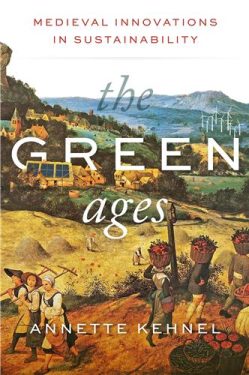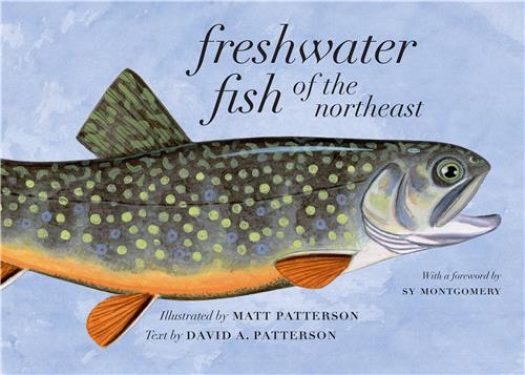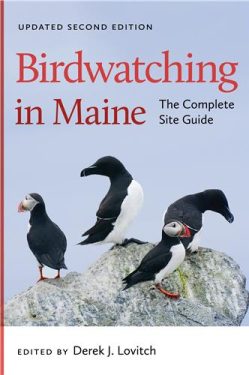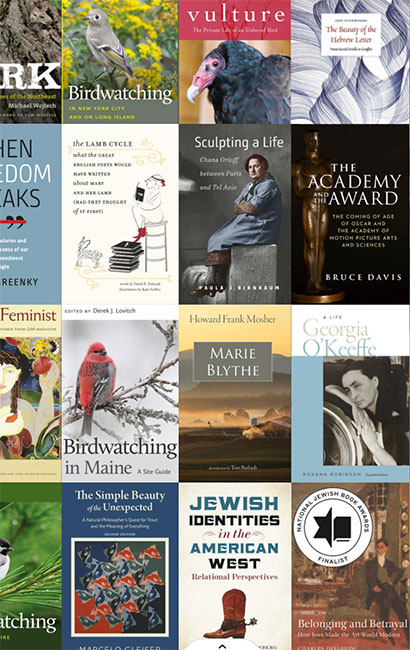This is the book landowners, foresters, and others have been waiting for. DeGraaf and Yamasaki have merged their encyclopedic knowledge of New England wildlife and habitat with the legendary silvicultural expertise of Bill Leak. The concepts of habitat management through silvicultural prescription are abundantly illustrated with relevant photography, as well as vivid computer graphic visualizations by Anna Lester that show changes through time across landscapes. More than just a text book on habitat and silvicultural application, this book provides important background on land use history and ecology of the northeast. This book will be useful to landowners considering their alternatives, and managers making decisions or needing to explain them.










